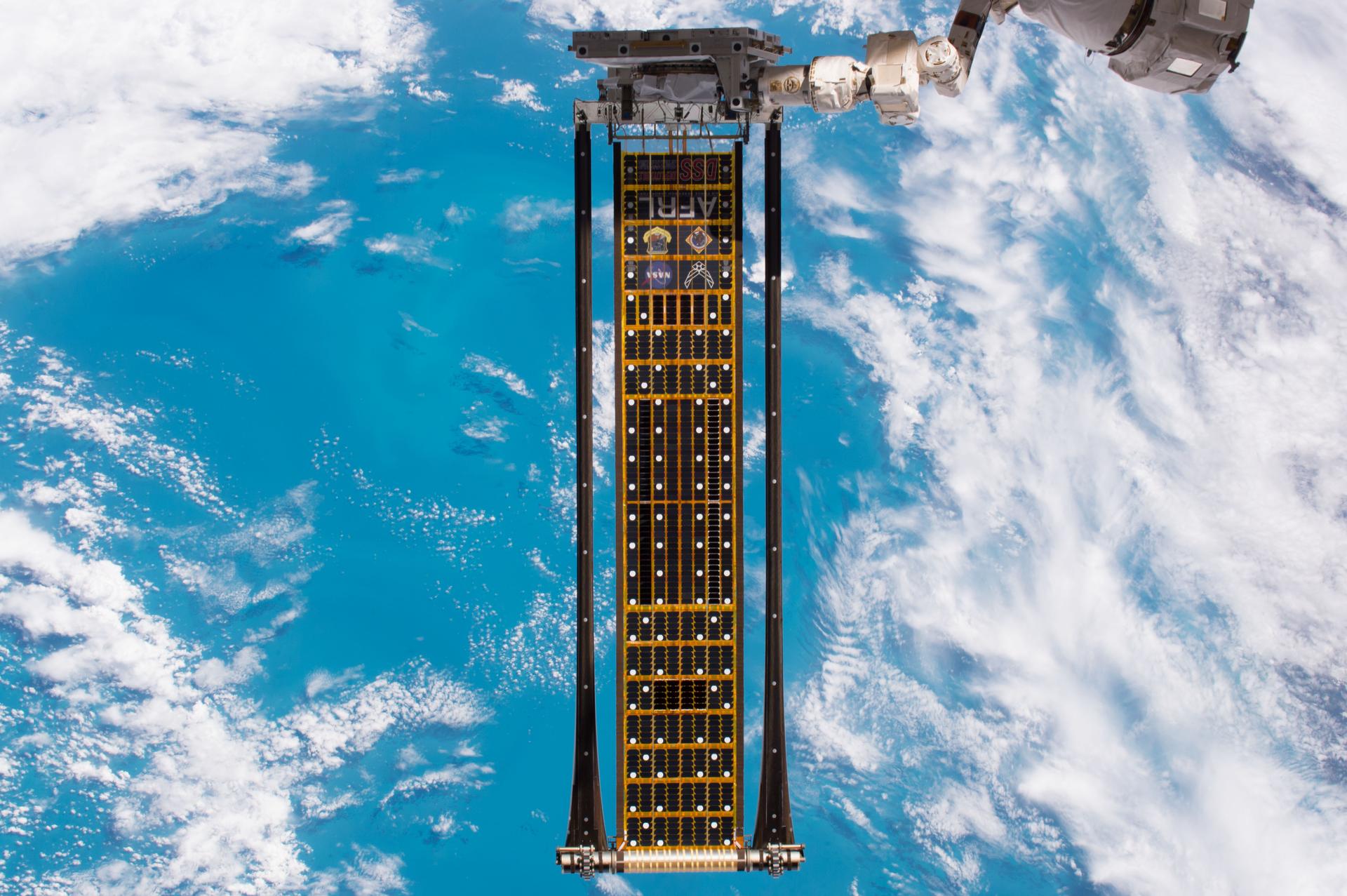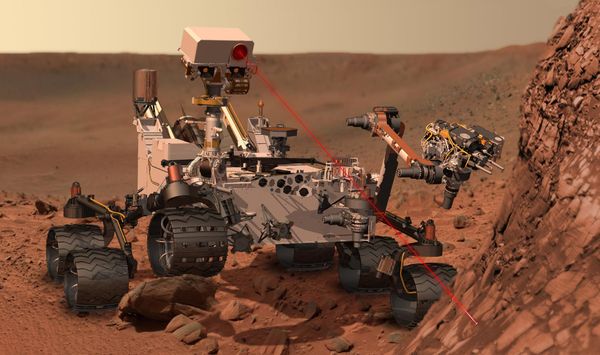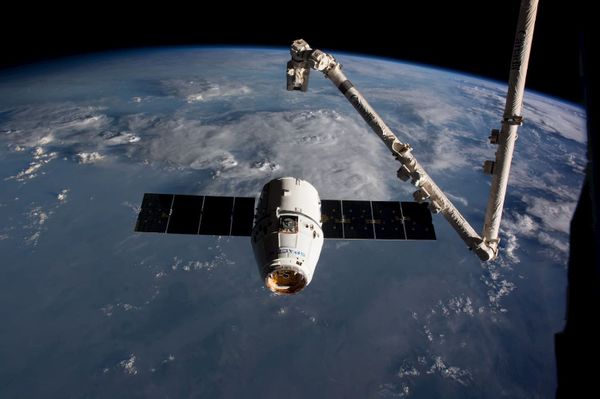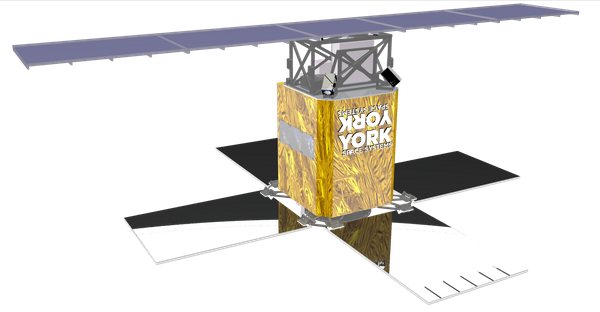23 years after the first module of the International Space Station was launched into space, the station is getting another major upgrade! On January 11th, NASA announced 6 new advanced solar panels will be installed on the ISS starting later this year. These panels are much more efficient than the originals that were installed in the early 2000s, and will enable exciting new experiments on the ISS going forward. Today we dive into what makes these panels special, as well as the impact they will have on the ISS and its commercial successors.
ISS and Commercial space
Currently the ISS expiration is set for 2024. Boeing is the prime contractor for the ISS and their contract extends through 2024. However, the true end of life of the station could be 2028 or longer. According to SpaceNews, NASA's ex-Associate Administrator for Human Exploration and Operations, Bill Gerstenmaier said “I think we have a good operational life at least through 2028, and possibly a little bit further beyond that, We just need to continue to watch station, continue to maintain it."
“What we don’t want to have happen is where we’re spending more time doing maintenance than we are doing research,” he said. “At that point, then the utility of station starts to diminish. We have not seen that. Station is very viable at least through 2028.”
Solar Panel Tech

Check out this deep dive for everything you need to know about the technology behind these new solar panels!
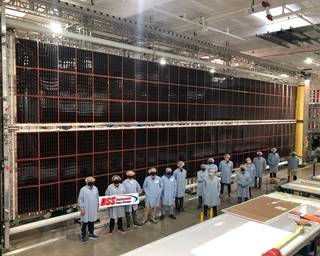
Is it a big deal that the ISS is getting new hardware like this? Why?
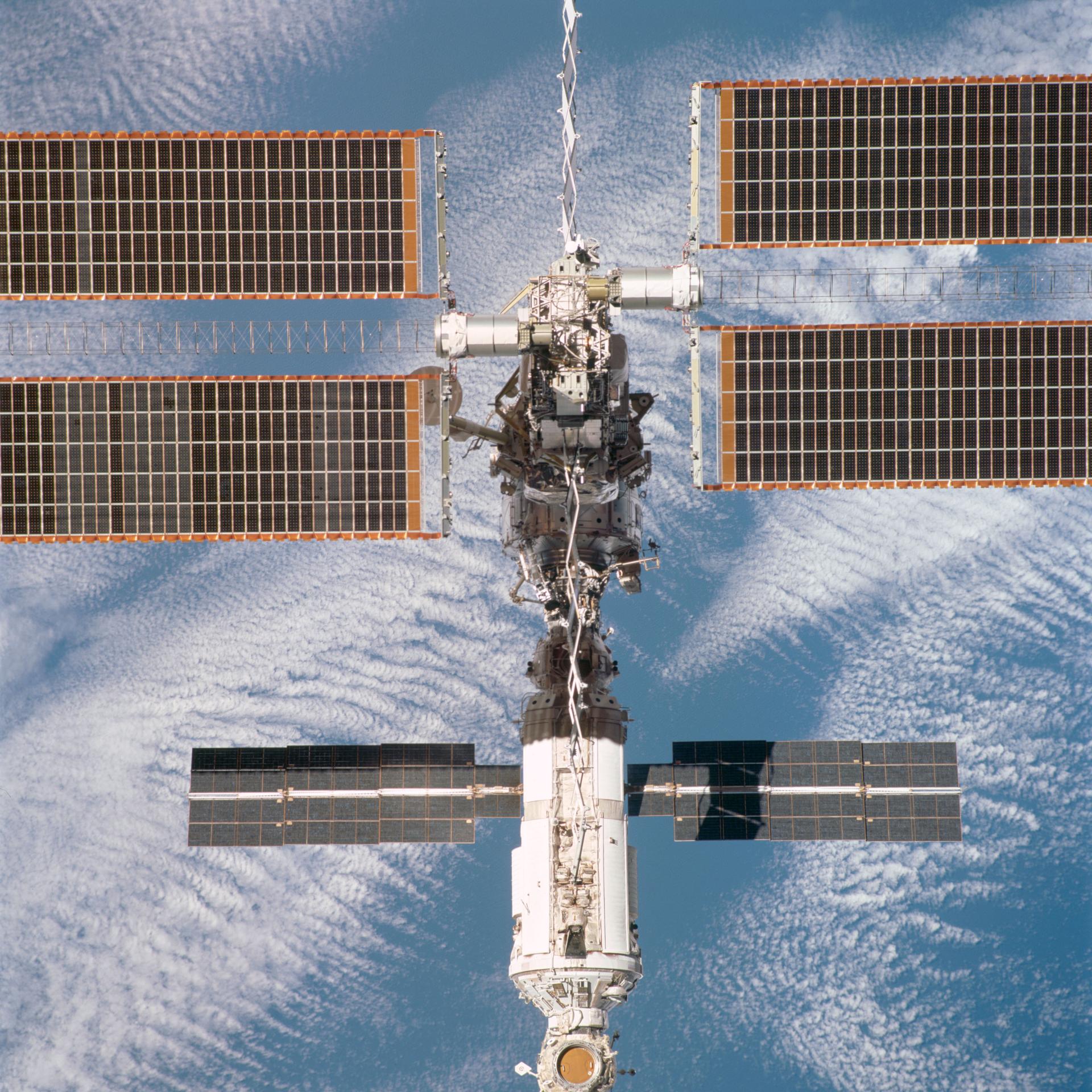
The Station was considered “complete” in 2011, but Russia is still planning to launch new modules, including the Nauka Multipurpose Science Module in 2021. This different from routine part replacements? First of all, it is a striking visual change. Prior changes included moving docking ports around, replacign internal components like batteries and radiators, and adding small new modules like BEAM (Bigelow Expandable Activity Module).
How did this work get funded? How does that work tie in?
According to SpaceNews, “The solar array upgrades are being performed under a previous modification to Boeing’s ISS Vehicle Sustaining Engineering contract with NASA, valued at $103 million.”. This contract is used by the ISS National Lab to handle maintenance, repairs, and upgrades of the station.
How long can the ISS actually last?
Currently the ISS costs between 3 and 4 billion dollars to maintain and conduct science. About $1.5 billion of that is for ISS maintenance. There are several Lifespan Limiting Factors
- Metal fatigue on older modules and structures - the ISS experiences 16 day and night cycles everyday with rapid heating and cooling
- Intra-module pressure seal fatigue
- High pressure oxygen lines for EVA and life support also have a limited lifespan, and can be costly to replace
- EPROM memory in compute systems is only rated for ~15 years. These microcontroller and compute systems exist in a large number of systems onboard each module for telemetry collection, control, etc
- The Zarya module was launched in 1998, this includes “heritage” compute and power modules from prior to the decade. Over time these become harder and harder to maintain and replace
All of these really boil down to cost and risk. One can still overcome these issues by replacing a module, but it can become cost ineffective and expose astronauts to unacceptable levels of risk and some of the replacements can take a long time to procure
Axiom Space
The first module (of 3) will be launched in 2024 and be attached to a docking (berthing) adapter. The station also has a cupola module with the first launch, which seems to be targeted at space tourists. The competition for this commercial station was initially between Bigelow Aerospace and Axiom. On the bright side, former NASA Administrator, Charles Bolden is a consultant to Axiom. On the downside, Bigelow Aerospace is basically out of business, having let go all of their employees at the beginning of the Covid 19 pandemic.
The second module to be launched is a habitable (HAB) crew module. Amenities including high-speed Wi-Fi, video screens, picture windows and a glass-walled cupola.
The third module to launch is called Axiom Lab. It is a research and manufacturing module.
Finally, the fourth module is a "Power Tower" for power and thermal control. It will provide full independence to the Axiom space station. When the ISS is decommissioned, the Axiom space station will be decoupled from the ISS and will be a fully independent space station.
Check out the full episode below for even more details and discussion on this exciting upgrade to the ISS.

